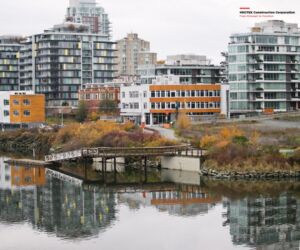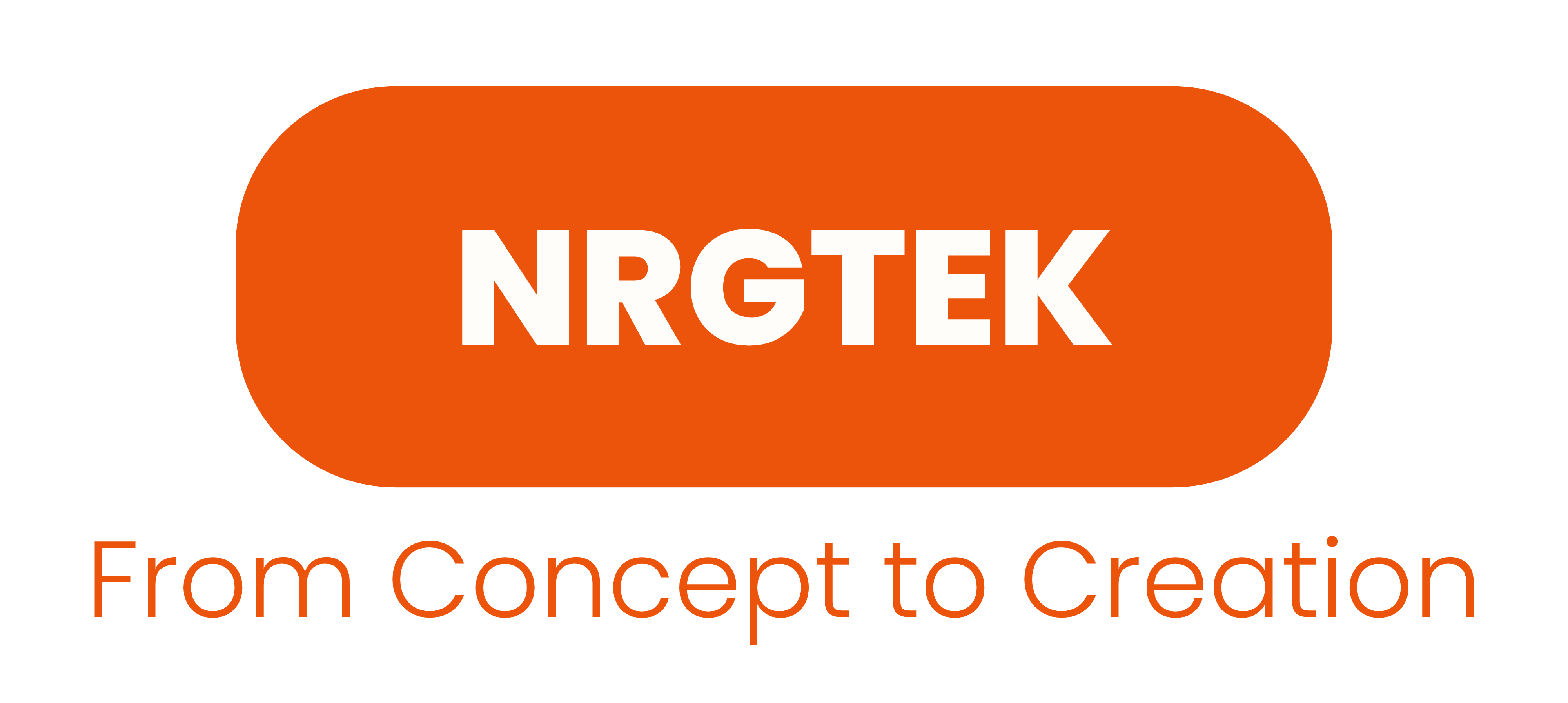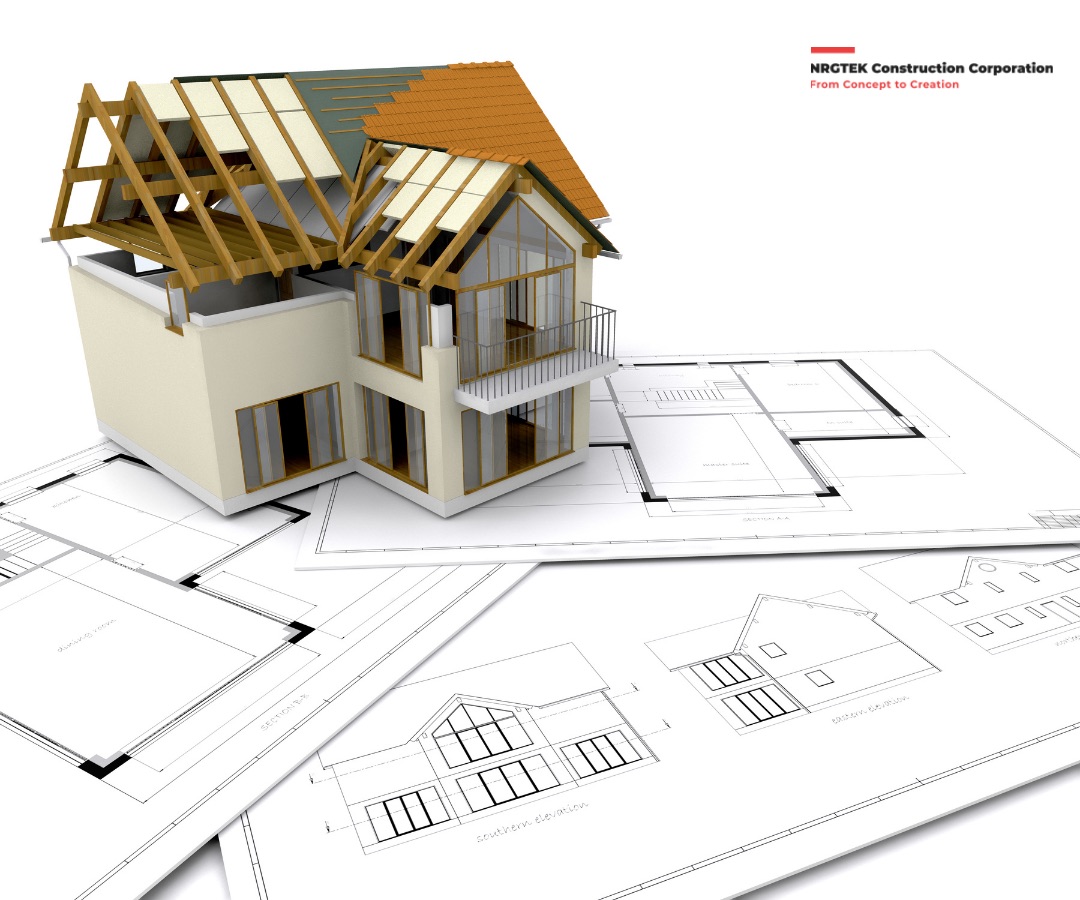
Particularly in its major urban centers, British Columbia (BC) has been struggling with a persistent housing affordability challenge. Governments, nonprofit organizations, and corporate developers have responded by launching a number of creative and successful affordable housing projects. These models provide a window into how communities might handle social equality while striking a balance between affordability and growth. Some noteworthy case studies from Vancouver, Victoria, and other BC cities are included below.
1. The King Edward Court, Vancouver
King Edward Court, which is situated in the Mount Pleasant suburb of Vancouver, is a prime illustration of how outdated infrastructure may be updated to satisfy the demand for affordable housing. The structure, which was initially constructed in the 1980s, received a thorough renovation to become an affordable, sustainable housing complex.
Key Features:
- Energy-efficient renovations: Tenant energy expenses were reduced with the installation of solar panels, green roofing, and improved insulation.
- Mixed-income model: This concept encourages economic variety in the community by combining market-rate and inexpensive housing.
- Partnerships: The BC Housing Authority, the City of Vancouver, and a private developer worked together to create a shared-cost structure that allowed the project to be completed.
Impact: King Edward Court is now a part of Vancouver’s sustainable housing movement, offering low-income families and individuals affordable homes. It also demonstrates how mixed-income housing can strengthen ties within the community.
2. Margaret Mitchell Place, Vancouver
Margaret Mitchell Place is another notable landmark in Vancouver, named for a well-known local politician and housing advocate. This modular housing project provides vulnerable populations, such as the homeless and those with mental health issues, with quick, affordable housing.
Key Features:
- Modular construction: This method cut construction costs and time by having the structure built offsite and assembled on site.
- Supportive services: Residents can take advantage of wraparound services, which include resources for finding work, addiction treatment, and mental health support.
- Long-term sustainability: Because of its flexible design, the building can be expanded or reconfigured as the needs of the community change.
Impact: This project serves as an example of how modular construction can be a quick and effective way to meet urgent housing needs. Tenants pay no more than 30% of their income on housing thanks to rent subsidies from the local and provincial governments, which is a crucial affordability threshold.
3. Dockside Green, Victoria
One of Canada’s most ambitious sustainable communities, Dockside Green offers an innovative approach to affordable housing and environmental stewardship. This mixed-use, mixed-income development, which is situated near Victoria’s waterfront, prioritizes environmental responsibility while keeping housing accessible for a large number of people.
Key Features: 
- Sustainable design: The project received a LEED Platinum rating because of its green construction, self-sufficient energy system, and on-site water treatment.
- Affordable housing units: For low- and middle-class families, a portion of the apartments are set aside and provide both rental and ownership options.
- Social inclusion: The development promotes a strong sense of community by incorporating public areas like parks, bike paths, and neighborhood businesses.
Impact: Dockside Green illustrates the harmonious coexistence of affordable housing and environmental sustainability. It is a replicable model for other cities aiming for affordability and sustainability because of its creative financing approach, which includes contributions from public and private partners.
4. The 1050 Smithe Street Housing Project, Vancouver
The 1050 Smithe Street Housing Project provides a creative solution to the central Vancouver affordability crisis. This project aims to strike a balance between social responsibility and commercial success by offering affordable rental units within a larger market-rate development.
Key Features:
- Inclusionary zoning: Vancouver’s inclusionary zoning laws, which mandate that developers incorporate affordable units in newly constructed market-rate developments, made the project possible.
- Diverse unit types: The building provides a range of housing options, from family-sized apartments to studio apartments, to meet the needs of diverse demographic groups.
- Long-term affordability: A combination of rent-geared-to-income models and city subsidies keeps the rents for affordable units low, guaranteeing that affordability is maintained over time.
Impact: This project demonstrates how inclusionary zoning can effectively address affordability in dense urban centers by requiring affordable units in market-rate developments. It also acts as a template for other cities hoping to boost the supply of affordable housing without depending entirely on housing that is constructed by the government.
5. Little Mountain Housing Project, Vancouver
A former public housing site has undergone substantial reconstruction as part of the Little Mountain Housing Project. In order to promote long-term community sustainability, the project intends to replace aging social housing units with new market-rate housing while maintaining social inclusion and affordability.
Key Features:
- Mixed-use and mixed-income: 1,400 new homes total will be built as part of the project, including 282 social housing units for low-income families.
- Community-focused development: In order to promote social interaction, the project places a strong emphasis on public amenities like green spaces, childcare centers, and community centers.
- Innovative funding: Market-rate apartment sales contribute to the funding of affordable housing development, while developer and provincial contributions control costs.
Impact: Trying to integrate low-income families into a rapidly gentrifying area is the goal of this large-scale project. In addition to ensuring that the community stays inclusive, the mix of market-rate and social housing units offers residents contemporary, energy-efficient homes.
Conclusion
These case studies from urban areas in British Columbia show a range of affordable housing models, each specially designed to meet the needs of its local community. These initiatives, which employ modular building, mixed-income communities, or sustainable urban planning, teach important lessons about how non-profits, governments, and developers can work together to produce affordable and sustainable housing. While housing affordability remains a challenge for British Columbia, these successful models offer guidance for future development by demonstrating that inclusive, dynamic communities can be established where everyone can prosper with the correct partnerships and policies.
Key Takeaways:
- Public-Private Partnerships: Governments, nonprofit organizations, and private developers must work together to solve the affordability crisis.
- Sustainability: Sustainable design is being used in more and more affordable housing projects, demonstrating that affordability and environmental stewardship can coexist.
- Mixed-Use and Mixed-Income Models: These models improve financial viability and social inclusion, which benefits the larger community.
Building on these achievements, BC’s urban centers can keep pursuing a future in which everyone has access to affordable housing while preserving the livability and diversity that draw people to live there.










